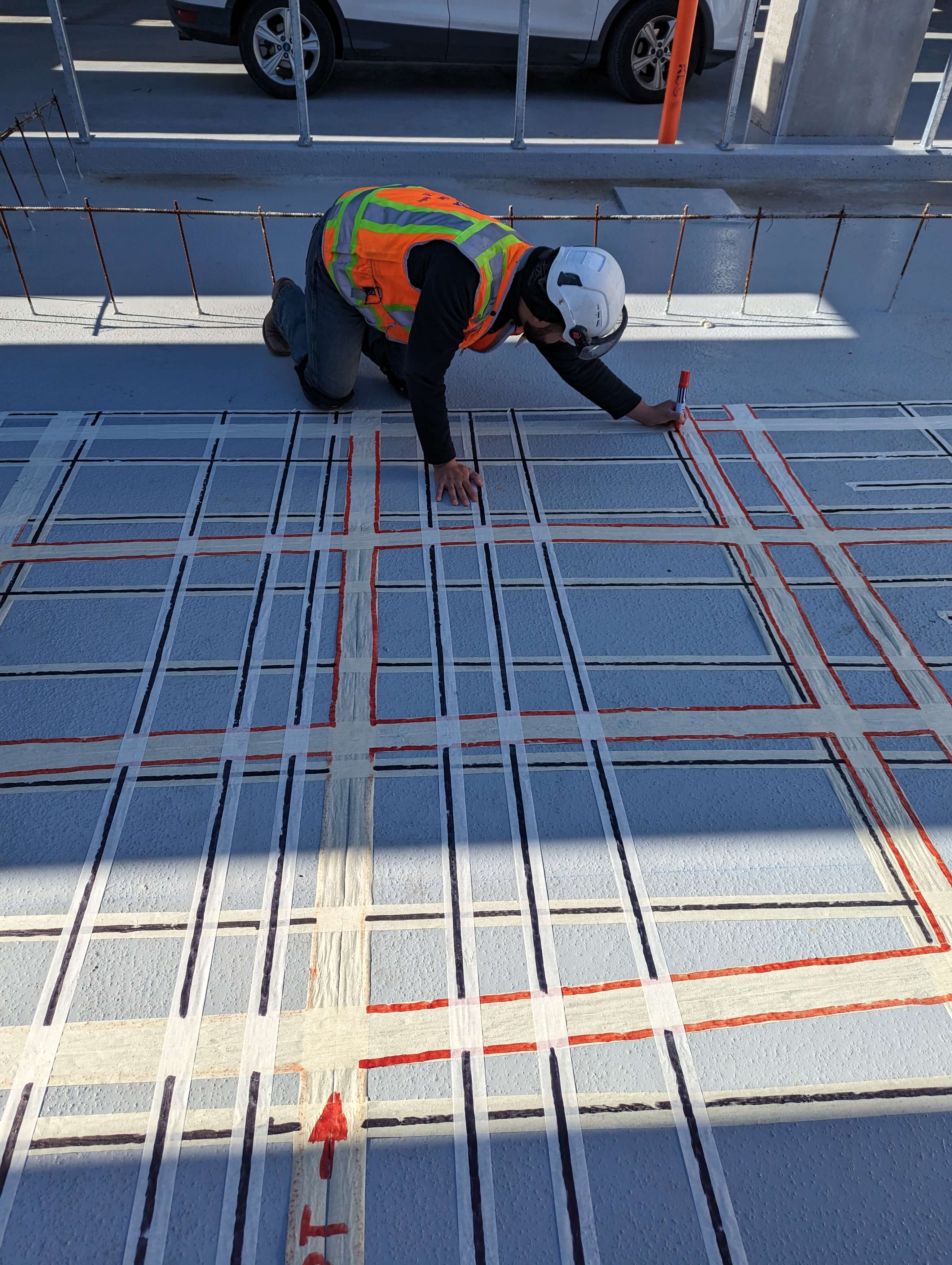Past the Surface: Leveraging Advanced Concrete Scanning Techniques for Unmatched Accuracy and Understanding
In the realm of building and framework maintenance, the pursuit for accuracy and thoroughness is never-ending. Advanced concrete scanning techniques have actually emerged as vital devices in this search, offering a look below the surface area to reveal a world of essential understandings. By utilizing cutting-edge modern technologies, experts can uncover anomalies, assess the problem of concrete structures, and make notified choices that shape the program of jobs. The ramifications of these techniques prolong much beyond simple surface-level analyses, guaranteeing a deepness of precision and understanding that is exceptional.
Importance of Advanced Concrete Scanning
The significance of making use of sophisticated concrete scanning methods hinges on the exceptional accuracy they supply for discovering sub-surface anomalies and making sure structural integrity. By utilizing sophisticated innovations such as ground-penetrating radar (GPR), electro-magnetic induction, and progressed finder imaging, building and construction experts can dig underneath the surface of concrete structures with a degree of precision that far goes beyond traditional evaluation techniques. Concrete Scanning. These techniques make it possible for the recognition of covert risks like rebar deterioration, spaces, conduits, or post-tension cords that could compromise the security and security of a structure with time
In addition, advanced concrete scanning supplies vital understandings right into the total condition of a concrete aspect without the demand for invasive procedures, lessening the risk of causing damage during the evaluation procedure. The capacity to determine the exact area and depth of possible issues enables targeted repair work and maintenance, inevitably extending the life expectancy of the framework and enhancing its efficiency. In significance, the value of advanced concrete scanning can not be overstated in the realm of building and facilities maintenance, where accuracy and integrity are vital.
Kinds of Cutting-Edge Technologies

Anomalies and Problem Detection

Along with GPR, concrete scanning methods like thermography and impact-echo screening are also effective in detecting defects and abnormalities. Thermography makes use of infrared innovation to determine variants in surface temperature, suggesting prospective locations of worry such as delamination or moisture access. On the other hand, impact-echo testing entails examining acoustic reactions to spot voids, splits, and various other defects within the concrete. By leveraging these innovative More Help methods, specialists can proactively attend to structural concerns, making certain the long life and safety and security of concrete structures.
Assessing Concrete Condition
How can engineers properly assess the condition of concrete structures to guarantee their longevity and safety? Evaluating the concrete problem is an important facet of preserving framework honesty. Different sophisticated concrete scanning strategies are used for this function. Ground-penetrating radar (GPR) is frequently made use of to assess the inner framework of concrete, detecting voids, fractures, and other abnormalities that may endanger its stamina. Additionally, impact-echo screening can supply understandings right into the thickness and stability of concrete components. Ultrasonic pulse rate testing is one more beneficial approach for evaluating concrete high quality by measuring the rate of acoustic waves via the product.
Incorporating non-destructive screening approaches with visual assessments permits for a thorough examination of concrete problem, making it possible for engineers to recognize prospective concerns early on and implement prompt upkeep or repair work. By leveraging these advanced methods, engineers can ensure the long-term durability and security of concrete frameworks.
Enhancing Decision-Making Procedures
In the world of facilities management, optimizing decision-making procedures is crucial for guaranteeing the effective upkeep and longevity of concrete frameworks. Improved decision-making processes in concrete administration include making use of innovative scanning techniques to collect in-depth information on the condition of structures. By leveraging innovations such as ground-penetrating radar and 3D imaging, stakeholders can make educated decisions regarding support, replacement, or fixing strategies.
These advanced scanning techniques supply very useful understandings right into the interior composition of concrete, determining potential issues such as voids, fractures, or deterioration that may not be noticeable on the surface. This degree of in-depth details permits proactive maintenance preparation, minimizing the risk of structural failures and increasing the overall lifespan of concrete frameworks.
Furthermore, by incorporating digital paperwork and analysis devices right into the decision-making process, stakeholders can track the advancement official source of concrete problems in time, making it possible for anticipating maintenance methods and enhancing source allocation. Eventually, the combination of advanced concrete scanning methods improves decision-making processes by supplying unmatched precision, understanding, and efficiency in infrastructure administration.
Final Thought
To conclude, advanced concrete scanning techniques supply unparalleled accuracy and insight in spotting abnormalities, problems, and evaluating the problem of concrete structures. By leveraging sophisticated technologies, decision-making processes can be boosted, bring about even more effective and enlightened remedies for maintaining and fixing concrete infrastructure. These techniques look at this now play an important duty in making sure the safety and longevity of concrete structures, making them a crucial tool in the field of building and design.
Additionally, advanced concrete scanning offers important insights into the total problem of a concrete element without the requirement for invasive measures, reducing the risk of causing damage during the analysis process - Concrete Scanning. One more ingenious modern technology is 3D X-ray scanning, which supplies detailed photos of the inner framework of concrete, offering important info without the requirement for destructive screening. Additionally, Concrete Cover Meters are used to measure the thickness of concrete cover over reinforcement bars properly. Boosted decision-making processes in concrete administration entail utilizing innovative scanning techniques to gather in-depth information on the problem of frameworks.In conclusion, advanced concrete scanning methods offer unrivaled precision and insight in discovering anomalies, flaws, and assessing the problem of concrete frameworks